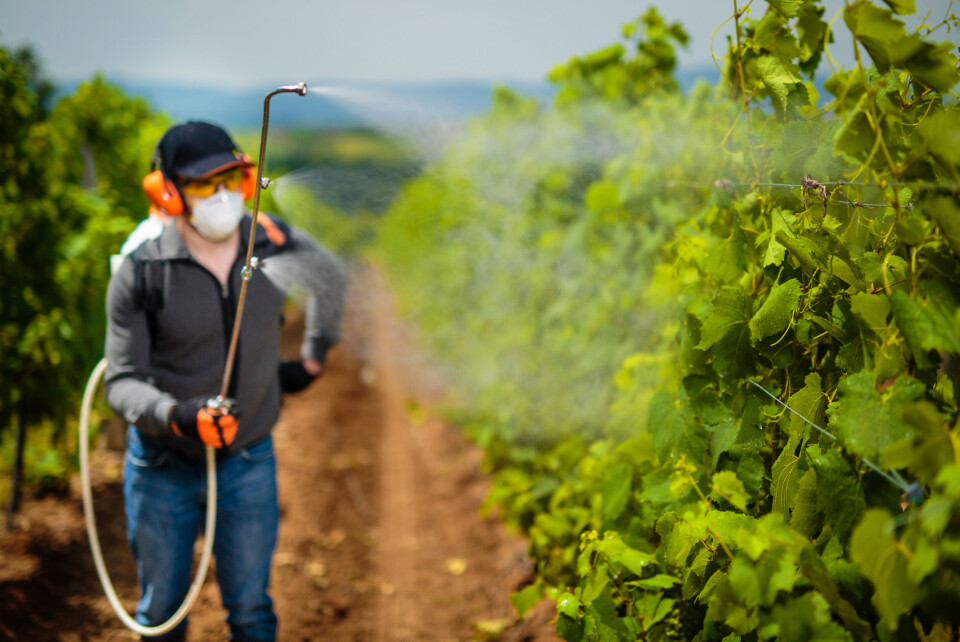-
White storks make strong return in France via nest ‘platforms’ and clipped wings
The Ligue pour la Protection des Oiseaux shares the conservation challenges in saving these birds from extinction
-
Why microphones are installed in hundreds of trees across France
Researchers have set up devices in more than 100 forests across the country
-
Drivers in France: Look out for this new road sign
The sign aims to encourage more environmentally-friendly driving and road usage practices
Dangerous pesticides found in areas around French vineyards
A new study has found significant traces of pesticides which are suspected of causing cancer in a wide area surrounding vineyards in France

People who live close to vineyards are particularly exposed to dangerous pesticides, a report claims.
Environmental NGO Générations Futures placed sensors at different distances from vineyards in the Gironde and Rhône departments in 2021 and 2022.
After analysing traces of pesticides found in the air, the group concluded that stricter laws are needed.
Regulations currently require a 10-metre buffer zone between houses and areas where pesticides are used.
According to the report, the 10-metre no-spray rules that apply to vineyards are not enough to protect people who live nearby.
Sensors placed by researchers from the NGO detected significant quantities of pesticide at up to 60 metres from the vineyard.
Asking for significant increase to no-spray zones
Générations Futures spokesman François Veillerette said: “We are asking for a significant increase to no-spray zones surrounding vineyards and other crops to at least 100 metres.”
The folpet fungicide accounted for the vast majority of substances detected.
The report notes: “It is classed as a suspected carcinogenic by the European Union.
It is also suspected of disrupting the endocrine system.”
Générations Futures is calling for folpet to be banned in Europe, along with spiroxamine, another fungicide picked up by the sensors.
One sensor captured 25 different pesticides over the same period.
2.6million in France live less than 200 metres from vineyards
Around 4% of the French population lives less than 200 metres from vineyards – that is 2.6 million people.
In 2021, health agencies Santé Publique France and Anses began a study into the exposure to pesticides of people living near vineyards.
The PestiRiv study is following more than 2,000 households in six wine-producing regions.
It will analyse urine and hair samples, fruit and vegetables from gardens, and more.
The results are due next year.
Around 100 people, many of them scientists, took part in a silent protest at the Muséum national d’Histoire naturelle in Paris to raise awareness of the consequences of France’s use to pesticides.
Kaïna Privet, ecologist and member of Scientifiques en rébellion, one of the collectives behind the protest, said: “Studies show a dramatic fall in the number of insects, of up to 60% to 80% in Europe in the last 30 years, and a 30% fall in bird populations on agricultural land in 30 years in France.”
In February, Anses said the common herbicide S-metolachlor would be banned for most of its major uses.
The herbicide degrades into metabolites that were found in groundwater and subsequently in drinking water at levels exceeding quality standards.
Related articles
How winemakers in France combat the effects of climate change
Bordeaux winegrowers demand money to uproot vines
What is the future of organic wine in France and do consumers care?
























